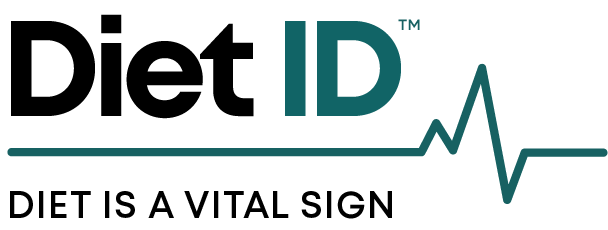A recent cluster of systematic reviews published in the Annals of Internal Medicine all reported significant harms associated with higher intake of red and processed meat. The authors then went on to score the strength of their own evidence, and characterized it as very low “certainty.” They then took the highly unusual, if not unprecedented, step of issuing their own “guidelines” as a separate paper in the same journal advising the opposite of what they found: given the doubt, go ahead and keep eating red and processed meat at your current levels, whatever those are. This had the entirely predictable, and perhaps even intended, effect: widespread consternation in the world of nutrition and public health, and a media feeding frenzy. Both continue to this day.
As they do, there is considerable risk that arguments both good and bad, right and wrong, all simply become fuel for the same flames. With so much noise on the topic now, and so much of the exchange devolving from substance to speculation, hope for a signal audible above the din or light visible through the smoke fade with time. In the end, relevant insights are apt to be overcooked and charred beyond recognition, along with the meat that started the fire.
There is another way.
Much of the debate that roils the posture of nutrition in news cycles, whatever its legitimacy, focuses on isolated foods. There are many reasons why knowing beyond doubt by established research means the specific health effects of any isolated food is very challenging, if even possible.
However, the health effects of overall dietary pattern and diet quality are unassailably clear. Diet pattern has figured prominently among the leading causes of death in the United States for well over a quarter century, and is now recognized as first on that list. Conversely, the same, simple fundamentals of eating well—based on extensive science, interpreted sensibly, rooted in common ground, and buoyed by global expert consensus—are robustly linked to reduced risk of premature death and all major chronic diseases.
Measures of overall diet quality thus provide a signal about health effects that rises reliably above noisy food-specific and nutrient-specific clashes of any given news cycle. In particular, the Healthy Eating Index-2015 represents a current, state-of-the-art, objective measure of overall diet quality validated directly against the measures that matter most: those same risks of premature death and major illness. The higher the overall quality of diet, the lower these risks.
An objective measure of diet quality is not tethered to any one food or nutrient, any more than it is bound by the fractious debates of any given news cycle. Such a measure can be applied to all diet types, from Paleo, to plant-exclusive, to Mediterranean, Flexitarian- and everything in between. There are better and worse ways to “do” any kind of diet, and an objective measure of overall diet quality renders non-partisan guidance accordingly. There is no opinion in the mix, and improvements in diet quality and health can be achieved across a spectrum of dietary options linked to personal objectives, and preferences.
Diet ID fulfills this very promise, generating dietary guidance across all prevalent diet types based on the Healthy Eating Index 2015, rather than flash-in-the-pan news, or anybody’s opinion. By doing so, it dials down the heat- and offers a full-spectrum light by which all can view better options clearly, and free of contention.
To learn more about the power of Diet ID and how you leverage it, request a live demo here.





